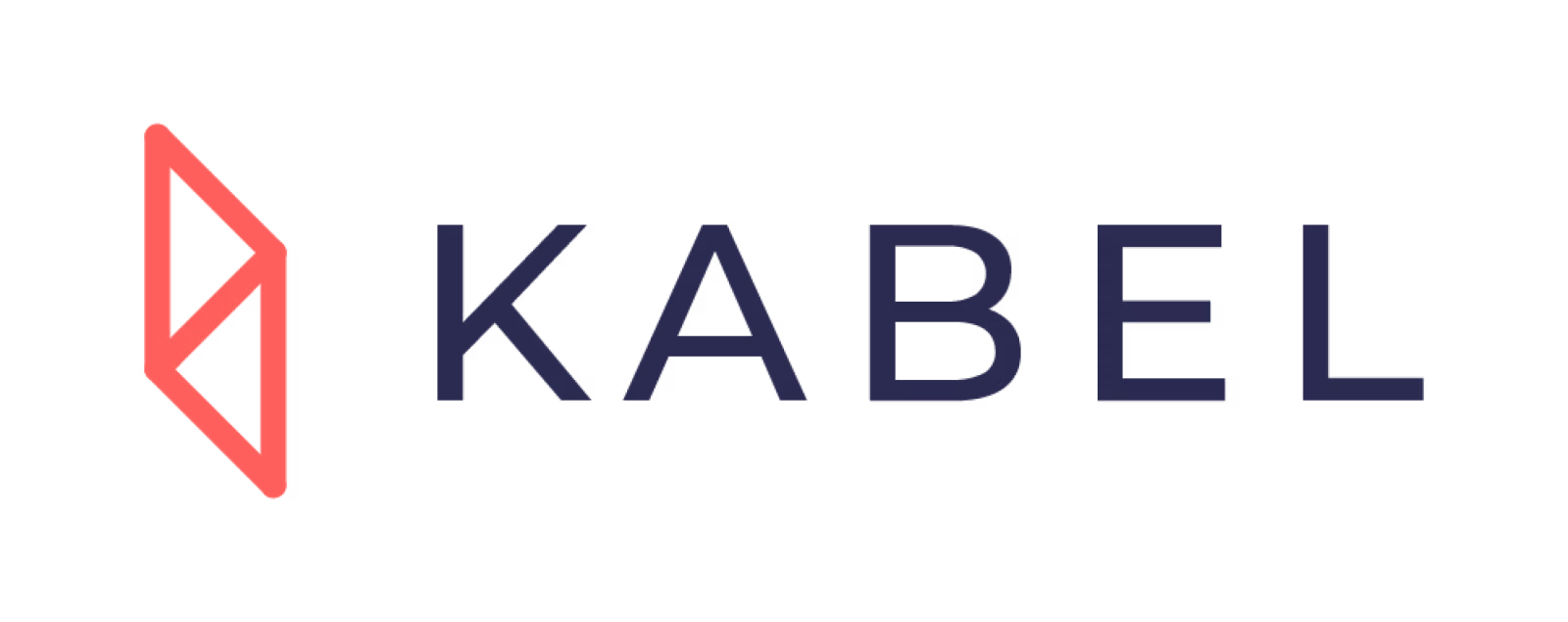The Skills-Based Hiring Playbook: How Growth Companies Scale Faster
In today’s world, technology evolves fast. New tools appear every month, making past experience less relevant.
Still, many companies rely on outdated job descriptions — hiring by degrees and titles that don’t reflect real ability.
Growth companies take a different path: skills-based hiring.
It measures what people can do today and how quickly they can learn what’s next.
Here’s how to put it into practice.
1. Understand Why Skills Beat Degrees
Growth companies move fast.
But traditional hiring still moves slow — filtering candidates by degrees, GPAs, and years of experience that don’t reflect real capability.
When you hire by degree, you buy potential on paper.
When you hire by skills, you gain people who can deliver outcomes immediately.
Key shift:
| From | To |
| Credentials | Competence |
| Experience | Learning agility |
| Job titles | Deliverables |
| Education | Evidence of skill |
2. Define the Skills That Drive Business Outcomes
Start with what success looks like, not the job title.
Ask:
- What are the core deliverables of this role?
- What skills are needed to achieve those outcomes?
- What can be taught later vs. must be ready now?
Example – Marketing Role
| Deliverable | Key Skill |
| Launch paid campaigns |
Digital ad setup (Meta, Google)
|
| Measure ROI |
Analytics & dashboarding
|
| Create content |
Copywriting & design sense
|
Once this list is clear, you can screen candidates for evidence of these skills, not their degree major.

3. Identify Skill Signals in Candidates
Traditional resumes hide capability.
Skills-based hiring surfaces it through measurable signals like:
- STAR stories – candidates explain how they solved a real problem (Situation-Task-Action-Result)
- Portfolio projects – visible proof of skill execution
- Hackathons or simulations – reveal how they adapt and learn under pressure
- Digital profiles – track tool usage, initiative, and self-learning
At Kabel, every candidate profile includes skill signals and agility indicators, so you can see how they think, not just what they studied.
4. Match and Hire by Skill Fit
Once you know the skills you need, match candidates to roles by evidence — not guesswork.
Example:
Instead of “Bachelor’s in Computer Science,” you might screen for:
- Proficiency in React or Python
- Problem-solving using logic or frameworks
- Experience building small real-world projects
Our matching engine at Kabel scores candidates across skills, motivation, and culture fit, helping you identify high performers before interviews even begin.
5. Measure Impact and Build Your Skills Loop
Skills-based hiring pays off fastest when you track what works.
Post-hire metrics to monitor:
- Time to productivity (how fast they deliver value)
- Retention after 6 months
- Skill gaps revealed on-the-job
Use this data to refine your next round of hiring — that’s your skills intelligence loop.
The more you hire by evidence, the faster your team scales with confidence.
What Growth Companies Are Seeing
Companies that switched to skills-based hiring through Kabel report:
- 2× faster onboarding
- 3× higher engagement among fresh hires
- 30–40 % cost savings compared to traditional recruiting
Because when you focus on who can do the work, not who looks qualified, execution accelerates.
Your Next Step
Build your next team by skills, not titles.
Discover how Kabel helps you:
- Identify core deliverables
- Match by real skill signals
- Hire agile talent ready to grow with you
Download the Full Skills-Based Hiring Playbook →






